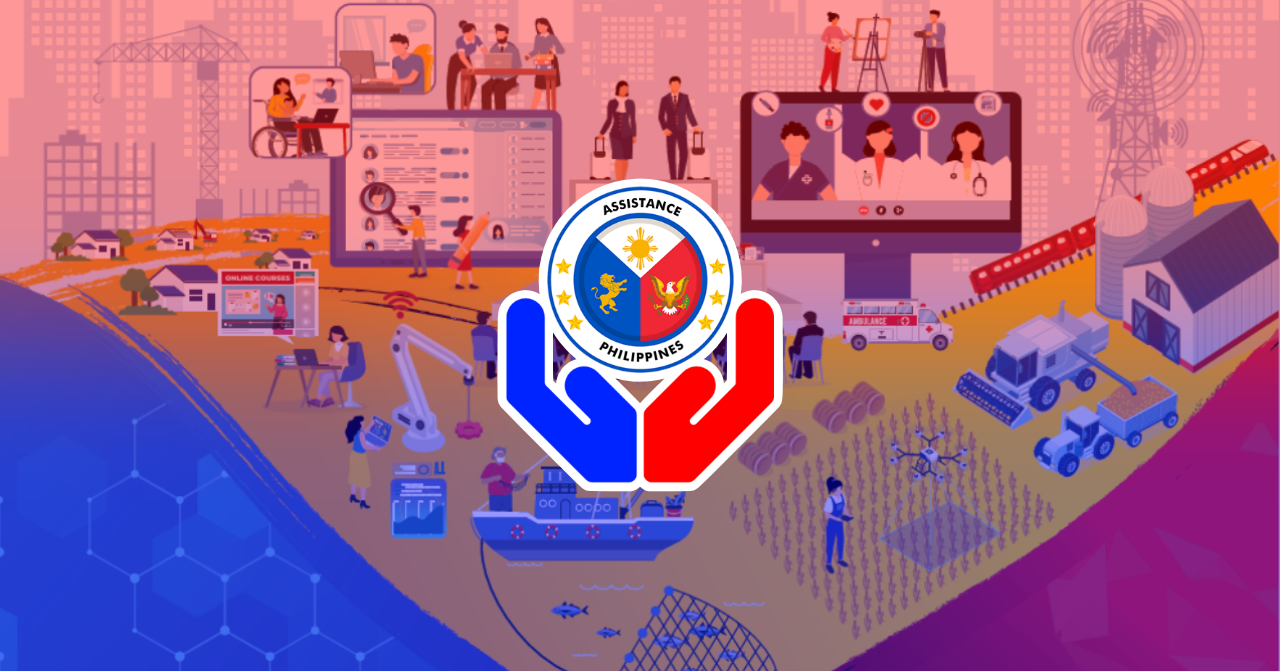As underemployment in the Philippines rises, the Marcos administration is taking bold action through the launch of the Trabaho Para sa Bayan (TPB) Plan, a 10-year roadmap to improve job quality, boost skills training, and prepare the Filipino workforce for a fast-changing economy.

The Department of Economy, Planning, and Development (DEPDev) unveiled the TPB Plan earlier this week, positioning it as a timely response to ongoing labor market challenges. This comes as the Philippine Statistics Authority (PSA) reported a 13.4% underemployment rate in March 2025, up from 11% a year ago. That’s around 6.44 million workers seeking either more hours or better jobs.
Although the unemployment rate held steady at 3.9%, the overall labor force shrank by about 1.2 million people, bringing down the participation rate to 62.9%. Many cited schooling and family responsibilities as reasons for staying out of the job market.
“The TPB Plan is both timely and essential,” said DEPDev Undersecretary for Policy and Planning Rosemarie G. Edillon. “We need strategic interventions to raise job satisfaction, boost employment quality, and prepare our workforce for the future.”
What Is the TPB Plan?
The Trabaho Para sa Bayan Plan 2025–2034 is the country’s first long-term Labor Market Development Plan. It aims to transform the job market by focusing on:
-
Upskilling and reskilling workers through lifelong learning
-
Supporting alternative work arrangements such as part-time or output-based jobs
-
Aligning education and training with real-world industry needs
-
Boosting private sector involvement in job placement and curriculum development
-
Promoting access to micro-credentials and accelerated learning pathways
One of the plan’s key tools is the Enterprise-Based Education and Training Framework, which will guide how schools and companies collaborate to develop work-ready skills among Filipinos.
Policies That Support the Plan
The Plan is backed by the recent RA 12145, which converts NEDA into the Department of Economy, Planning, and Development. This change ensures that job creation and workforce development are deeply embedded in national economic strategies.
DEPDev is also rolling out Program Convergence Budgeting to make sure high-priority programs get the funding they need—especially in high-impact sectors like technology, green jobs, and advanced manufacturing.
To widen access to career advancement, the government is pushing for programs like the Expanded Tertiary Education Equivalency and Accreditation Program (ETEEAP), which allows professionals to earn a degree through skills-based assessment.
Looking Ahead
“We need to act together—guided by data and a shared purpose—to make this vision real,” Edillon said. “With the TPB Plan, we’re shaping a labor market that delivers meaningful, secure, and high-quality jobs for all Filipinos.”
The full TPB Plan 2025–2034 is available online at:
